The displacement-time graph of moving particle is shown below

The instantaneous velocity of the particle in negative at the pointSolution in Gujrati
D
F
C
E
The correct Answer is:D
Step by step video, text & image solution for The displacement-time graph of moving particle is shown below The instantaneous velocity of the particle in negative at the point by Physics experts to help you in doubts & scoring excellent marks in Class 12 exams.
Updated on:21/07/2023Topper's Solved these Questions
- MOTION IN A PALNEBOOK - ALLEN CHAPTER - MOTION IN A PALNEEXERCISE - EXERCISE-3
41 Videos
- MOTION IN A PALNEBOOK - ALLEN CHAPTER - MOTION IN A PALNEEXERCISE - SOLVED EXAMPLE
28 Videos
- MOTION IN A PALNEBOOK - ALLEN CHAPTER - MOTION IN A PALNEEXERCISE - EXERCISE-1
99 Videos
- KINEMATICS-2DBOOK - ALLEN CHAPTER - KINEMATICS-2DEXERCISE - Exercise (O-2)
47 Videos
- NEWTON'S LAWS OF MOTION & FRICTIONBOOK - ALLEN CHAPTER - NEWTON'S LAWS OF MOTION & FRICTIONEXERCISE - EXERCISE (JA)
4 Videos
Similar Questions
Assertion : A body can have acceleration even if its velocity is zero at a given instant of time.
Reason : A body is momentarily at rest when it reverses its direction of motion.
View SolutionA particle thrown over a triangle from one end of a horizontal base falls on the other end of the base after grazing the vertex. If αandβ are the base angles of triangle and angle of projection is θ, then prove that (tanθ=tanα+tanβ)
View SolutionThe distance x of a particle moving in one dimensions, under the action of a constant force is related to time t by the equation, t=√x+3, where x is in metres and t in seconds. Find the displacement of the particle when its velocity is zero.
View SolutionA particle is moving in xy-plane .At certain instant the components of its velocity and acceleration are as follows ux=3m/s,uy=4m/s,ax=2m/s2anday=1m/s2. The rate of change of speed at this moment is
View SolutionA piece of wire is bent in the shape of a parabola y=kx2 (y-axis vertical) with a bead of mass m on it. The bead can slide on the wire without friction. It stays at the lowest point of the parabola when the wire is at rest. The wire is now accelerated parallel to the x-axis with a constant acceleration a. The distance of the new equilibrium position of the bead, where the bead can stay at rest with respect to the wire, from the y-axis is:
View SolutionThe displacement-time graph of a particle is as shown below. It indicates that
View SolutionThe displacement time graph is shown in figure. The instantaneous velociyt is negative at the point.
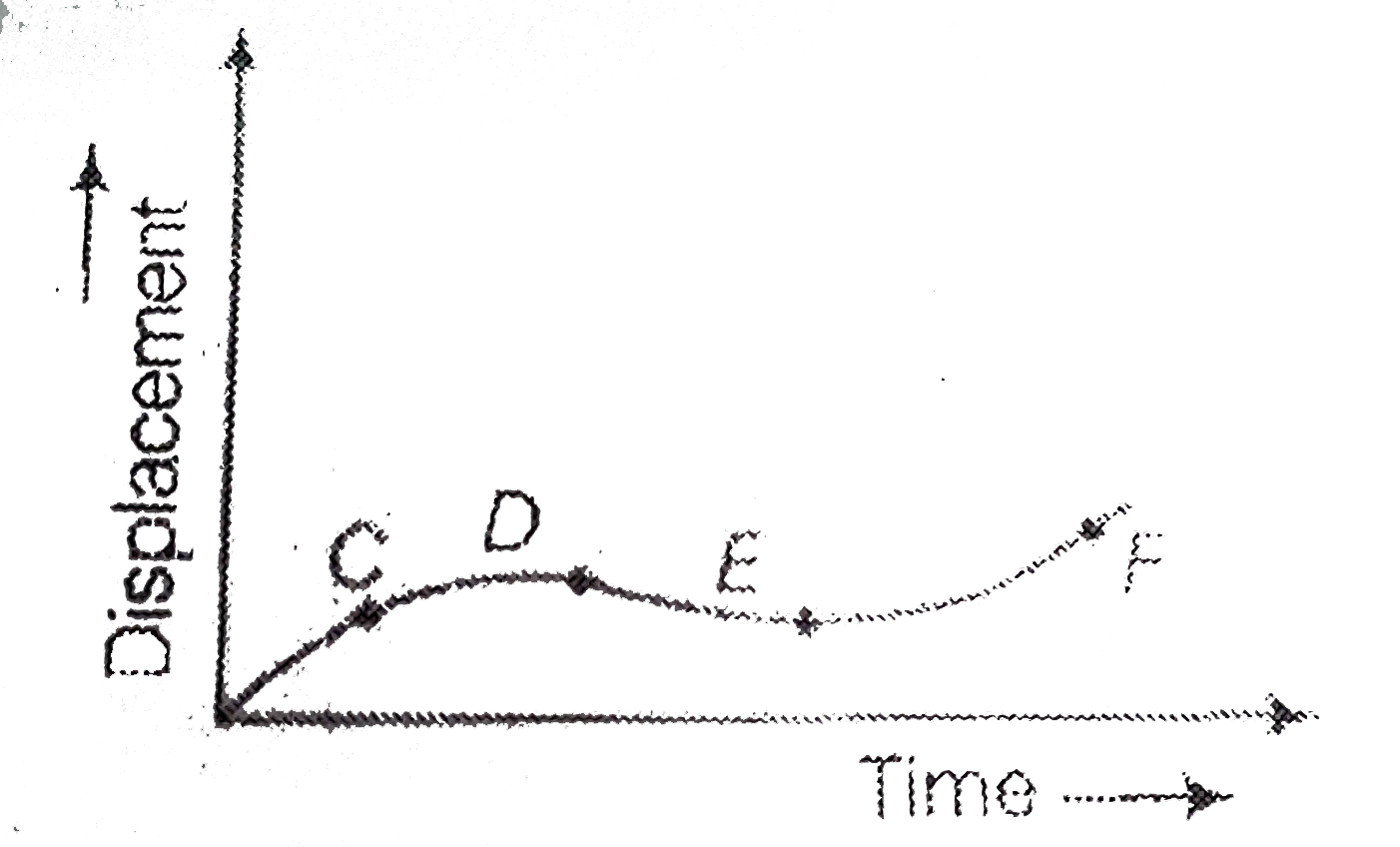
View SolutionThe velocity-time graph for a particle moving along X-axis is shown in the figure. The corresponding displacement-time graph is correctly shown by
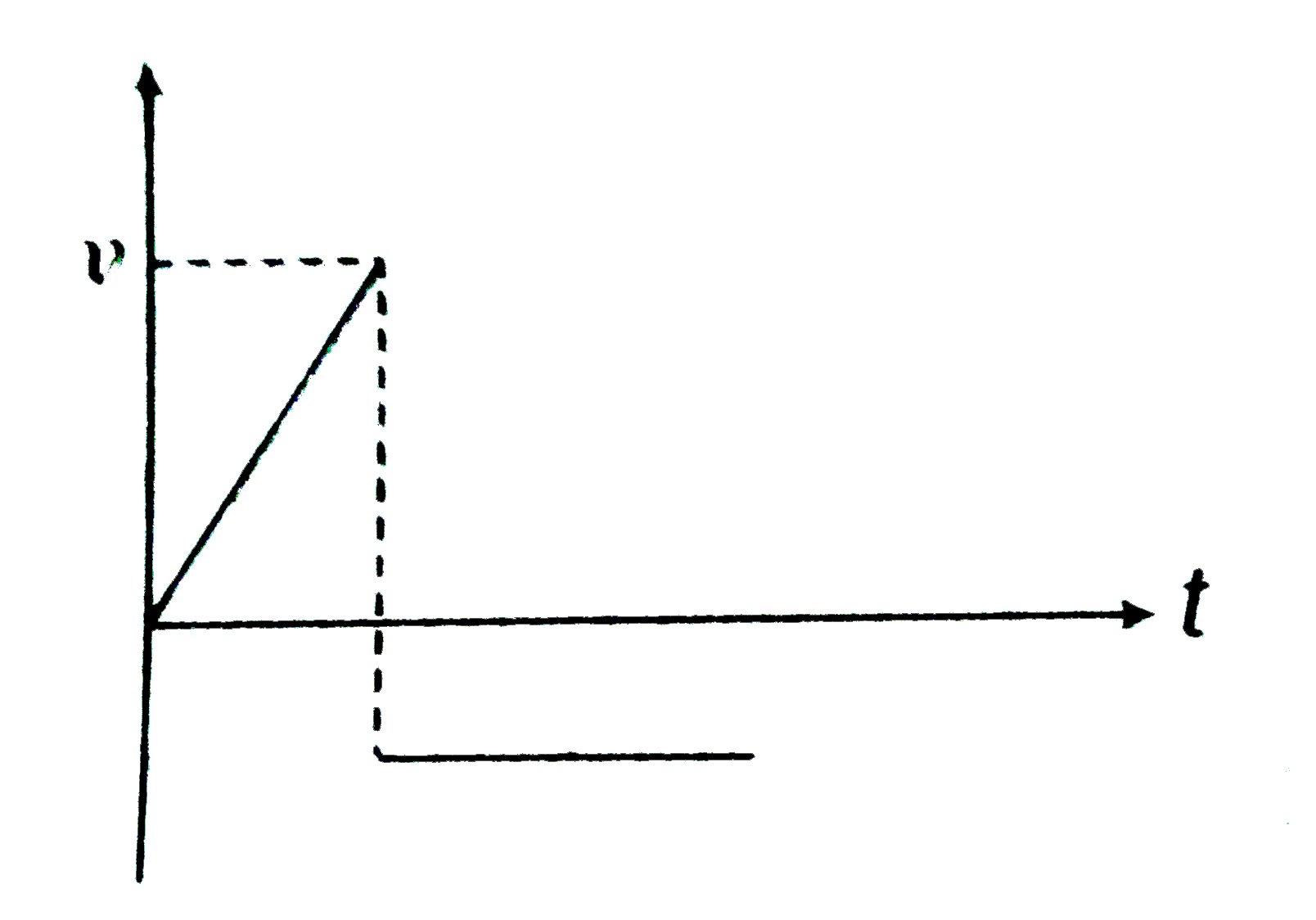
View SolutionThe velocity time graph for a particle moving along x-axis is shown in the figure. The corresponding displacement time graph is correctly shown by
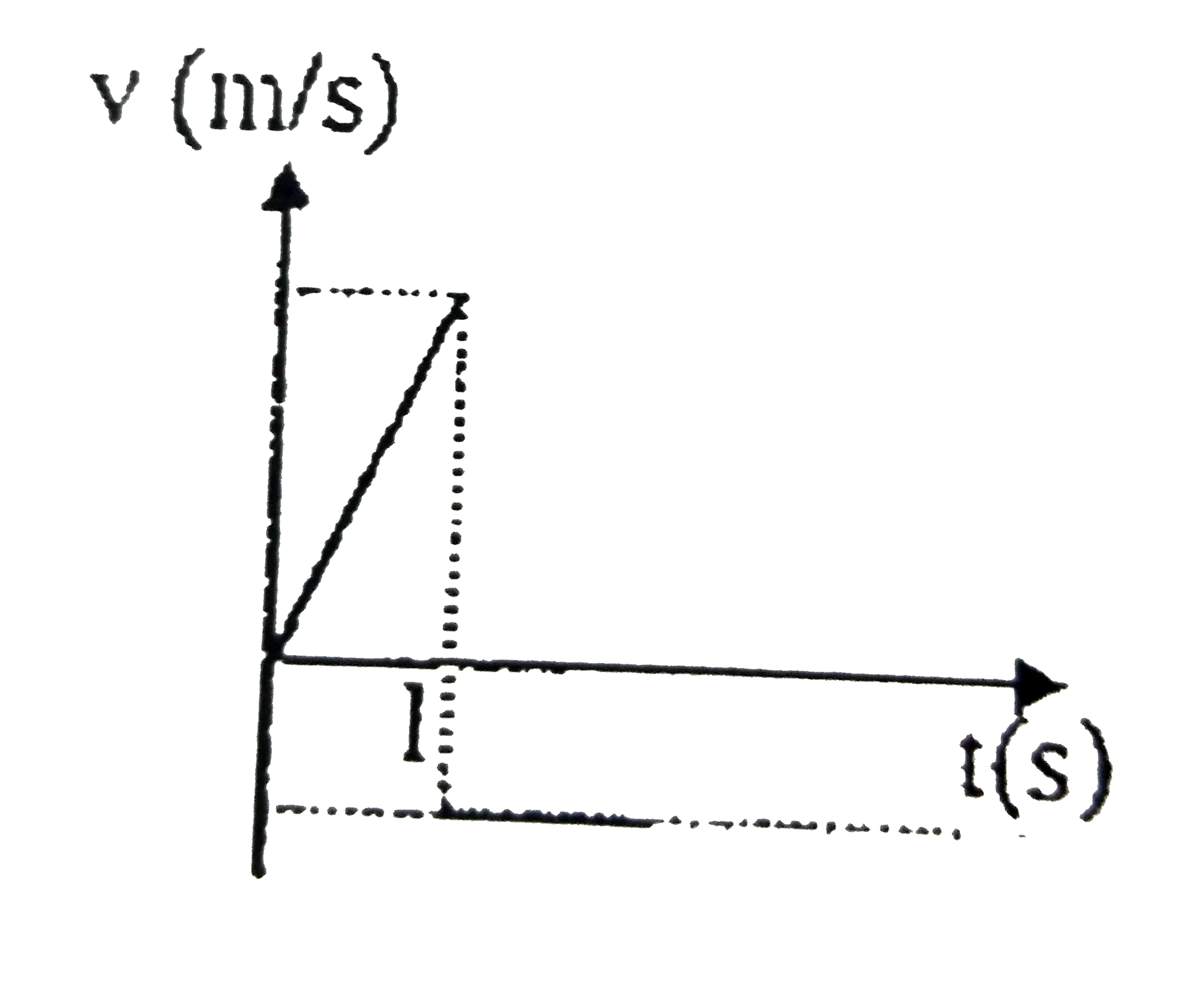
View SolutionThe position-time graph of a moving particle is a shown. The instantaneous velocity of the particle is negative at the point.
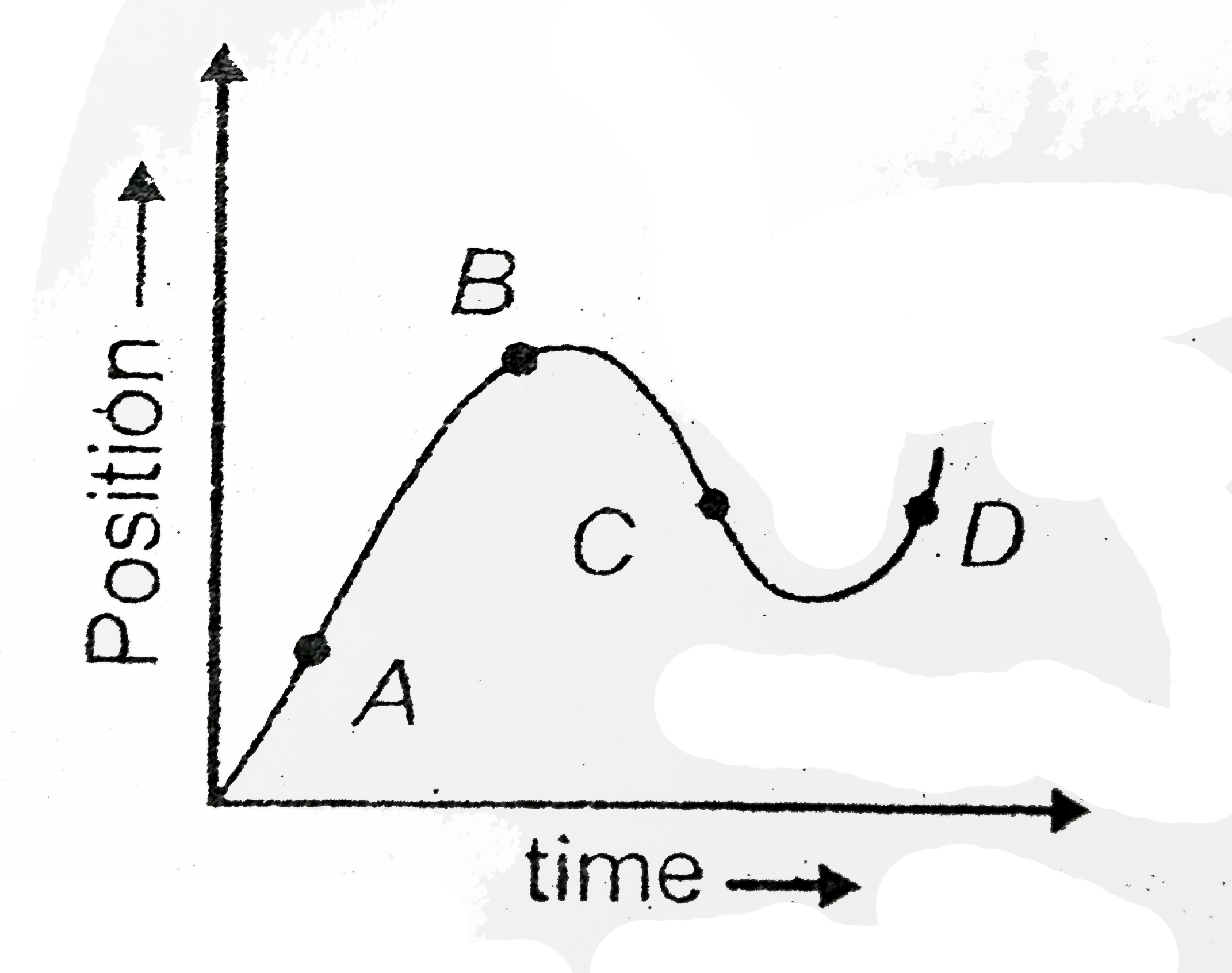
View SolutionThe velocity-time graph of a particle moving along a straight line is shown in the figure-given below The displacement of the particle in 5 second is
View SolutionThe position- time graph of a moving particle is shown. The instantaneous velocity of the particle is negative at the point
View SolutionThe velocity - time graph of a particle moving along a straight line is shown in the figure given below The displacement of the particle in 5 second is
View SolutionThe velocity time graph for a particle moving along X-axis is shown in the figure. The corresponding displacement time graph is correctly shown by
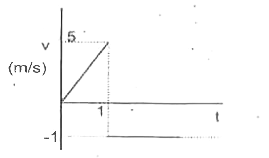
View Solutionचित्र में विस्थापन-समय ग्राफ दिखाया गया है। कण का तात्क्षणिक वेग किस बिन्दु पर ऋणात्मक होगा?

View Solutionएक सीधी रेखा में गतिशील कण का वेग-समय ग्राफ दिखाया गया है। इस कण के लिए संगत विस्थापन समय ग्राफ बनाइये।
View Solution
